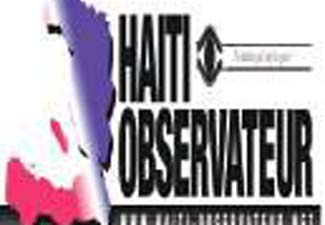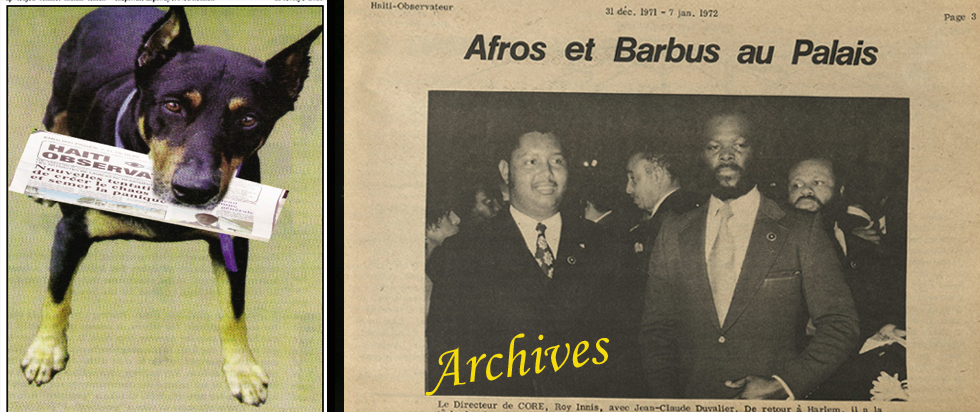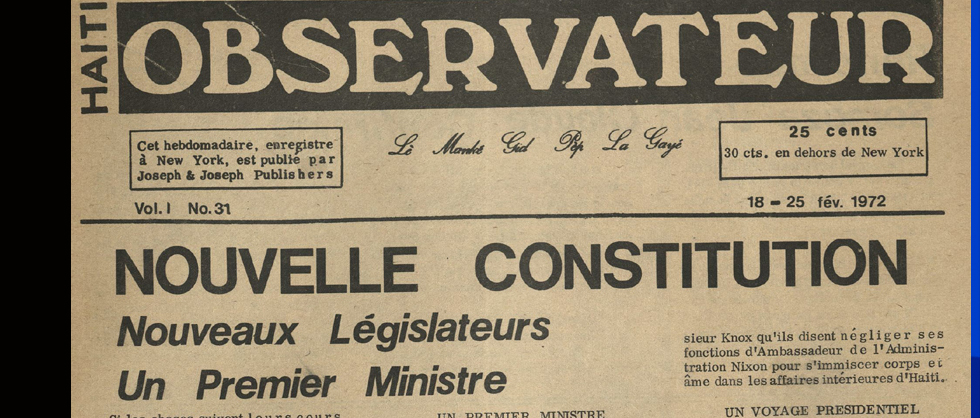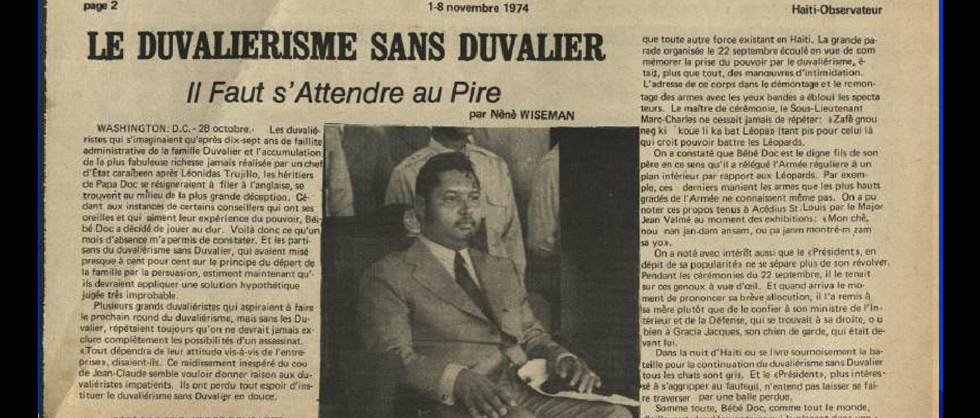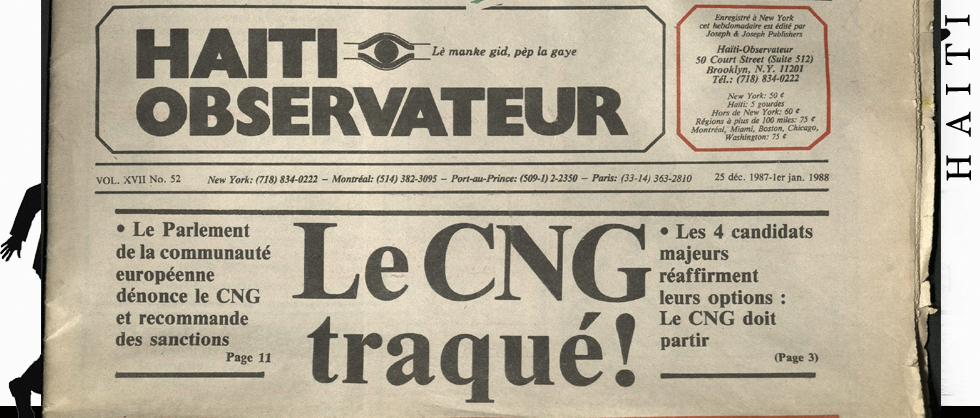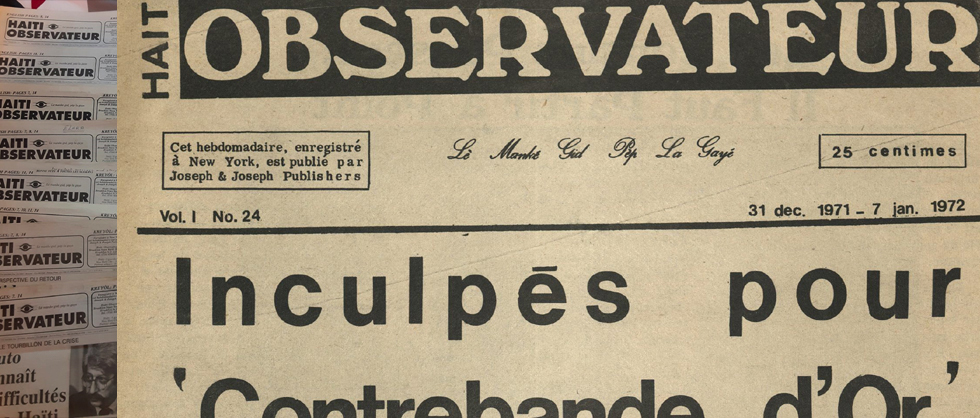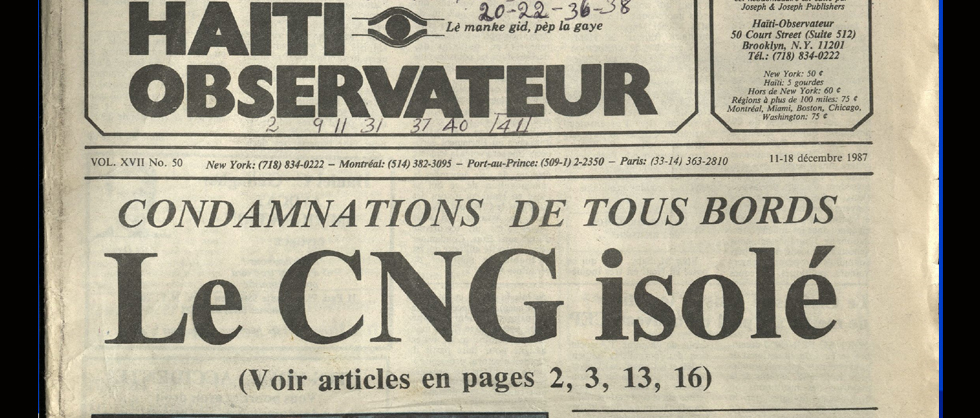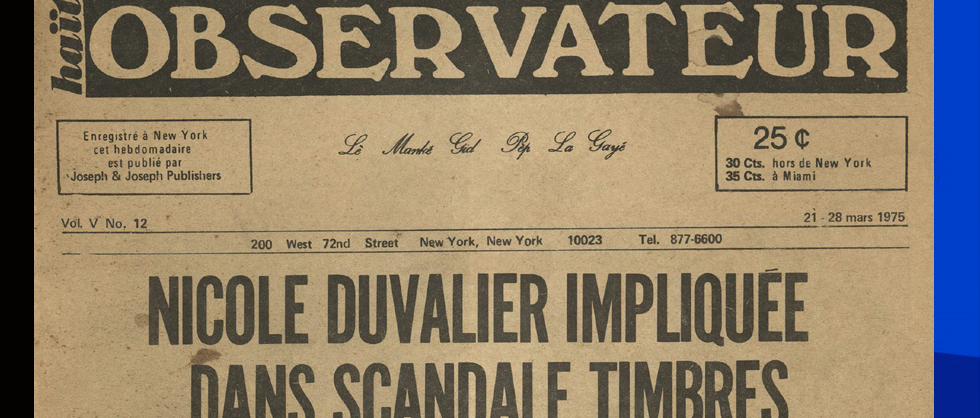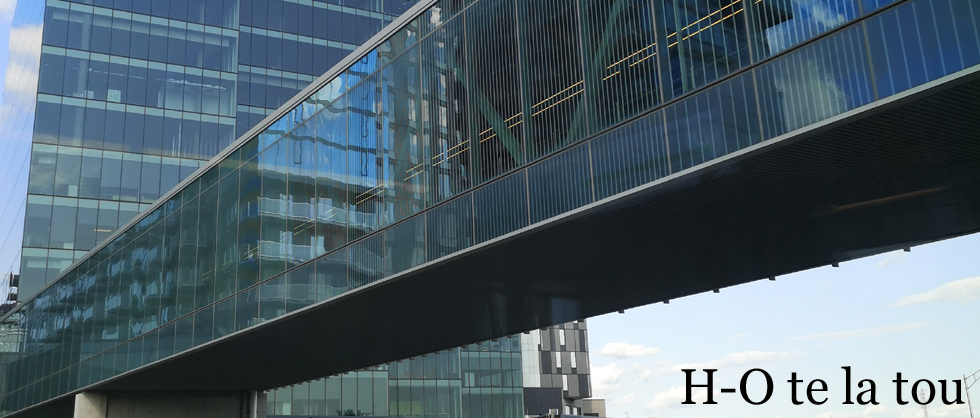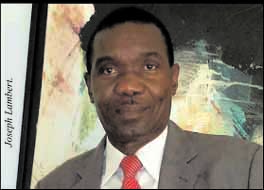
Father Joseph Simoly’s murder case : Vigilance is in order
It’s nearly six weeks since the assassination of Father Joseph Simoly, the Sunday vicar at the Sacred Heart Church in Port-au-Prince. And the case lingers at the Port-au-Prince prosecutor’s office. Traditionally, when the judicial authorities try to create con- fusion in a given case, it is indicative
of something underhanded at play. Usually, the decision makers count on time to pass while public opinion goes to sleep. Insofar that those handling the priest’s case are trying to keep everything under wrap, the nation is dutybound to mobilize to prevent the affair from being shelved indefinitely. As the prosecutor’s office keeps mum in providing relevant information, the people must be vigilant to counter the deceptive officials.
We’ll note that soon after the assassination, there was some manipulation on the part of a Police source. Father Simoly was said to have been coming from a bank when he was targeted by bandits who took his briefcase. That was a deliberate false information, indicating that he was victim of a heist instead of an execution. Subsequently, the police dis- avowed the original version. Three weeks after the crime, the Police had a press conference to announce the arrest of four individuals who were in custody and charged with the murder of the priest. But information about the presumed criminals was
rather vague. Nothing was revealed about a possible sponsor of the salacious crime. Neither the Police nor the judicial authorities provided any solid information.
In the face of official obfuscation, the media, began poking around. Indeed, unofficial sources were more revealing. The four individuals in custody had confessed, even pointing to some leads that helped the Police identify the sponsor of the crime. Nonetheless, there’s no certainty that the public will be informed of the reasons and circumstances surrounding the assassination of Father Simoly.
We’ve learned that the prosecutor’s office in Port-au-Prince has been slow in forwarding the case to the investigative judge. It’s said that in the absence of the president of the Republic (on an official trip in Rome,) they couldn’t make a move without first having his opinion as to how to proceed with the case. This suggests that the person identified as the mastermind of the crime is known to Government. Which reminds us of another case, that of Woodley Éthéard, nicknamed Sonson Lafamilia, who had escaped from jail after being incarcerated for kidnapping and murder. His case couldn’t go to court because he was waiting for the return of former President Michel Martelly, his friend and protector, who was on a trip abroad. When he came back, Martelly ordered investigative Judge Lamare Bélizaire to clear Ēthéard of all suspicion.
In the case of Father Simoly, we’ve learned from a police source that Pierre Jolicœur has been identified as the sponsor of the assassination. Moreover, the source revealed that the mastermind had been implicated in other serious crimes, including kidnapping and assassination. But he’s never been questioned or punished for those crimes, because he belongs to a category of individuals who, in Haiti, are above the law and enjoy eternal impunity.
Certainly, at the height of the kidnappings spree, when criminals of all social categories ransomed Haitian families, causing bereavement at times, only the criminals from deprived neighborhoods were apprehended or summarily executed. Networks of kidnappers controlled by rich and powerful businessmen usually perpetrate their crimes undisturbed. Thus, most of the crimes committed in Haiti aren’t solved. An exception to the rule was Clifford Brandt, a scion of a well-known bourgeois family in Haiti. He was apprehended on October 22, 2012, after the kid- napping, on October 16 of the same year, Nicolas and Coralie Moscoso. The two were children of the SOGEBANK CEO. In other words, the victims were from a powerful family. On September 13, 2016, Brandt was given an 18-year jail sentence. But other bandits of his social class still roam the streets. To wit, the case of Stanley Handal, the alleged kidnapper of Génélus Nathanaël, an employee at the Damien branch of UNI- BANK who was abducted August 4, 2005.Arrested inAugust 2005 on the basis of a damning report about the case from the Central Directorate of the Judiciary Police (French acro- nym DCPJ,) he was, nevertheless, released on December 11th of the same year by Judge Jean Pérez Paul. Notwithstanding the courts being “on strike” at the time! Meanwhile, Généus Nathanaël never returned to his family.
As far as Mr. Jolicœur is concerned, the judicial authorities keep the utmost silence around his name. Were it not for the indiscretion of a source close to the National Police (French acronym PNH,) his role in the assassination of Father Simoly never would have been known. After all, he evolves within the realm of influence of those in power and participates in the spoils with the leaders. Pierre Jolicœur is well-known in the construction industry, particularly as an importer of asphalt. He belongs to a special class of individuals who, as is known in Haiti, enrich themselves thanks to their relations with the country’s leadership.
Considering how the Haitian judi- cial system is proceeding with the case that implicates a powerful citi- zen, it‘s legitimate that public opinion be mobilized to shed light on the assassination of Father Simoly. All those responsible for his murder must be identified and brought to justice. Understandably, the circum- stances require that we be vigilant. It‘s the more urgent because signs of a conspiracy are detected, as if the officials would resort to another case of “kase fèy kouvri sa,” Creole for pushing it all under the rug
